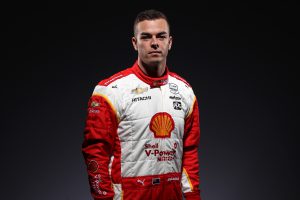Motorsport sometimes appears obsessed with the next youthful drivers to come through the ranks, and as a consequence over recent years we’ve seen some of the youngest drivers ever rising up the ladder.
You need only think of Max Verstappen and Lando Norris in Formula 1, or Colton Herta in IndyCar.
However, those two series are also following another trend, with drivers like Scott Dixon (40, pictured below) and Lewis Hamilton (36) dominating in recent seasons.
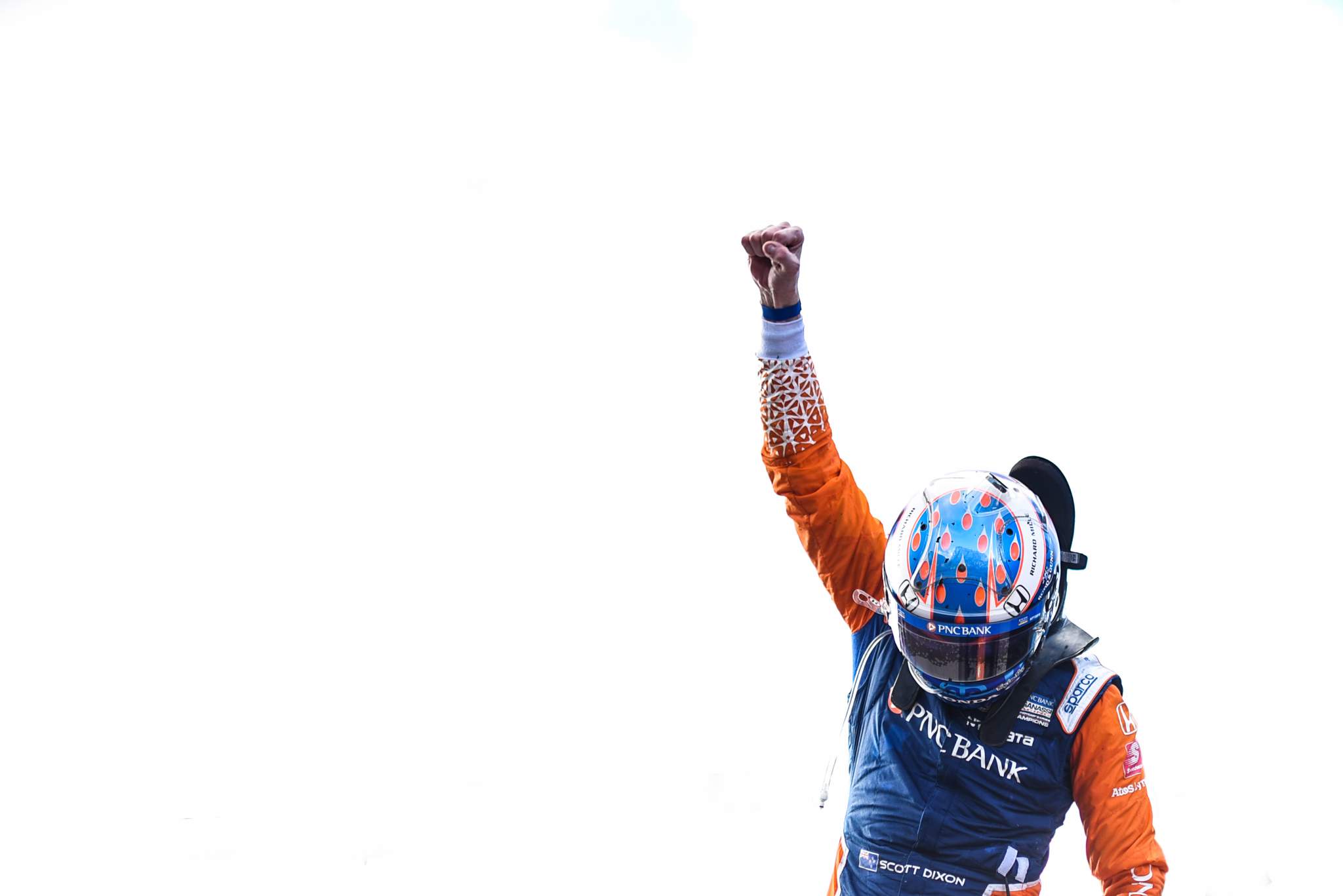
Much like Tom Brady in American football or Lionel Messi and Cristiano Ronaldo in soccer, those over the age of 35 have proven that they can perform well past outdated interpretations of when an athlete is in their prime.
Given this information, it’s perhaps no surprise to see significantly-aged drivers in IndyCar this year.
But to have three newcomers over the age of 27 is undoubtedly pushing the boundaries of what we’ve become used to.
Of course, this is no normal group of drivers. It’s almost offensive to call treble Australian Supercars champion Scott McLaughlin (27), 179-time F1 starter Romain Grosjean (34) and seven-time NASCAR champion Jimmie Johnson (45) ‘rookies’.

This is in no way to poke fun or laugh at the age of these drivers, more to marvel in their longevity and determination to make debuts in a series which has swallowed up and spat out some very competitive drivers in the past through its sheer competitiveness.
Taking on that challenge should command the highest amount of respect possible when all three could have done something much easier.
So what are we expecting of these drivers in 2021?
Jimmie Johnson
It’s only right to start with Johnson, who has the least experience of turning right as well as left owing to his NASCAR longevity.
That’s not to say he’s a total road course racing novice thanks to myriad starts in the 24 Hours of Daytona endurance race and his early days racing trophy trucks off-road. But his NASCAR road course CV isn’t glittering and learning to deal with a heavy, aerodynamically-orientated single-seater is chalk and cheese to what he’s been doing for a living over the last 20 years.
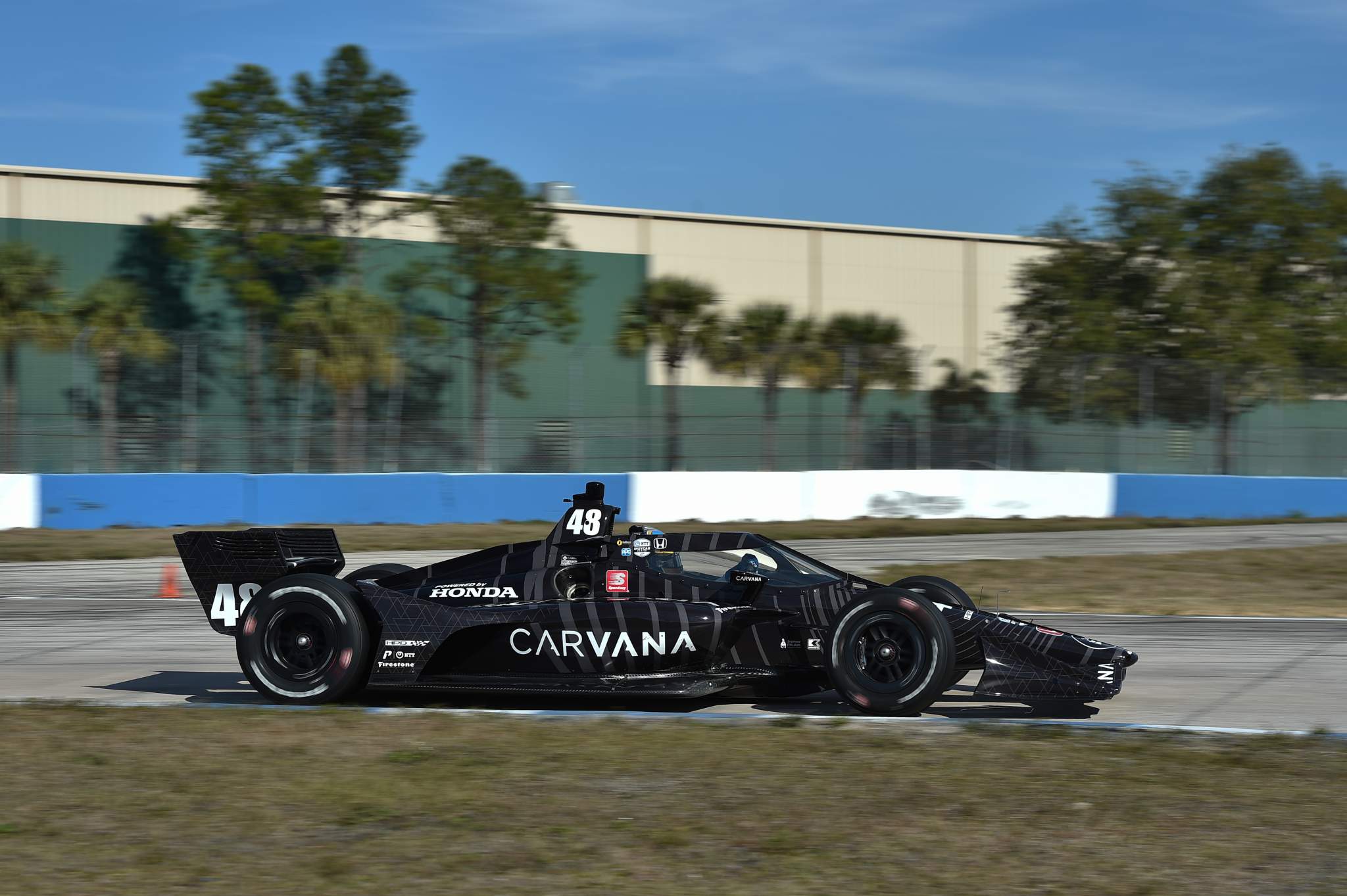
“The biggest thing is the amount of laptime that’s created on the brakes, in an IndyCar or sportscar compared to a NASCAR vehicle,” Johnson said, speaking just before this year’s Daytona event where he and his team finished second.
“The brakes are really the weakest link on a NASCAR vehicle. We don’t have a lot of downforce and there’s the steel brakes, and you can just make them hot real fast.
“So you create laptime exiting the turn in a NASCAR vehicle. And then with the lighter downforce on a NASCAR vehicle, on the straightaways, the gains you make on power really multiply quickly, so it’s more centre of the corner-out.
“This downforce world’s the other way around. The downforce cars hit terminal velocity very quickly. So your opportunity to gain laptime on a straightaway is a much more condensed period of time, because we just kind of hit a wall, and terminal velocity and the technique of applying the brakes.
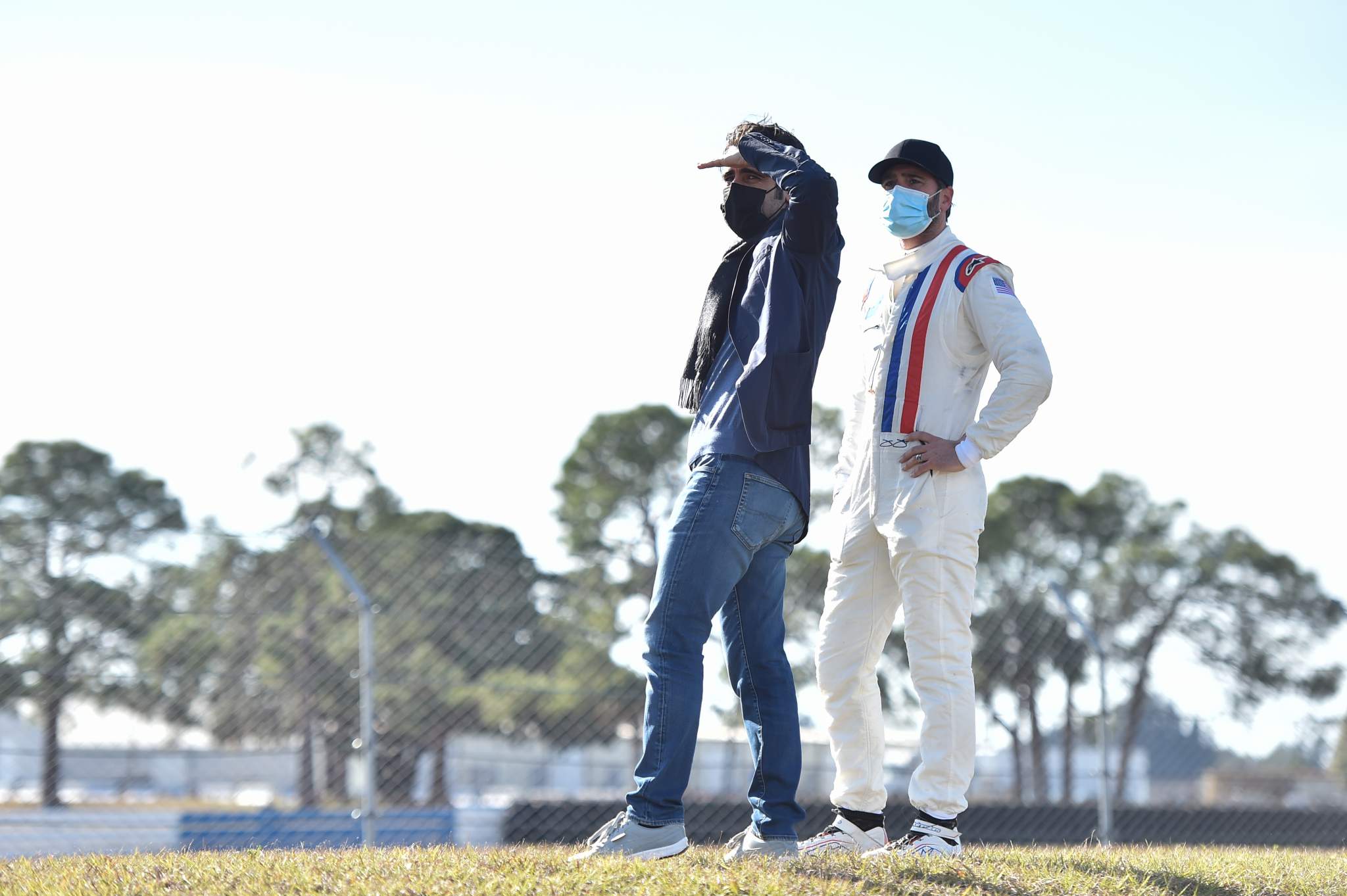
“Then how you trail off them and throw the car at the centre of the turn is where the magic is.
“That’s easier said than done. And with data, you can go out and you apply what you think is taking place and then you realise you’re not quite there and just try to continue to go through that process, trying to match the senses you have in the car with the data shown with the more experienced drivers.”
Both Johnson and McLaughlin boast unbelievably talented team-mates, with Johnson in the Chip Ganassi Racing team that houses Dixon (below), Super Formula race winner Alex Palou and long-time F1 driver Marcus Ericsson. He also has 2004 IndyCar champion Tony Kanaan, taking the car for the ovals, as someone who can also provide circuit advice, while the team’s driver coach is four-time champion Dario Franchitti (with Johnson above), who has been vital to Johnson’s adaptation.
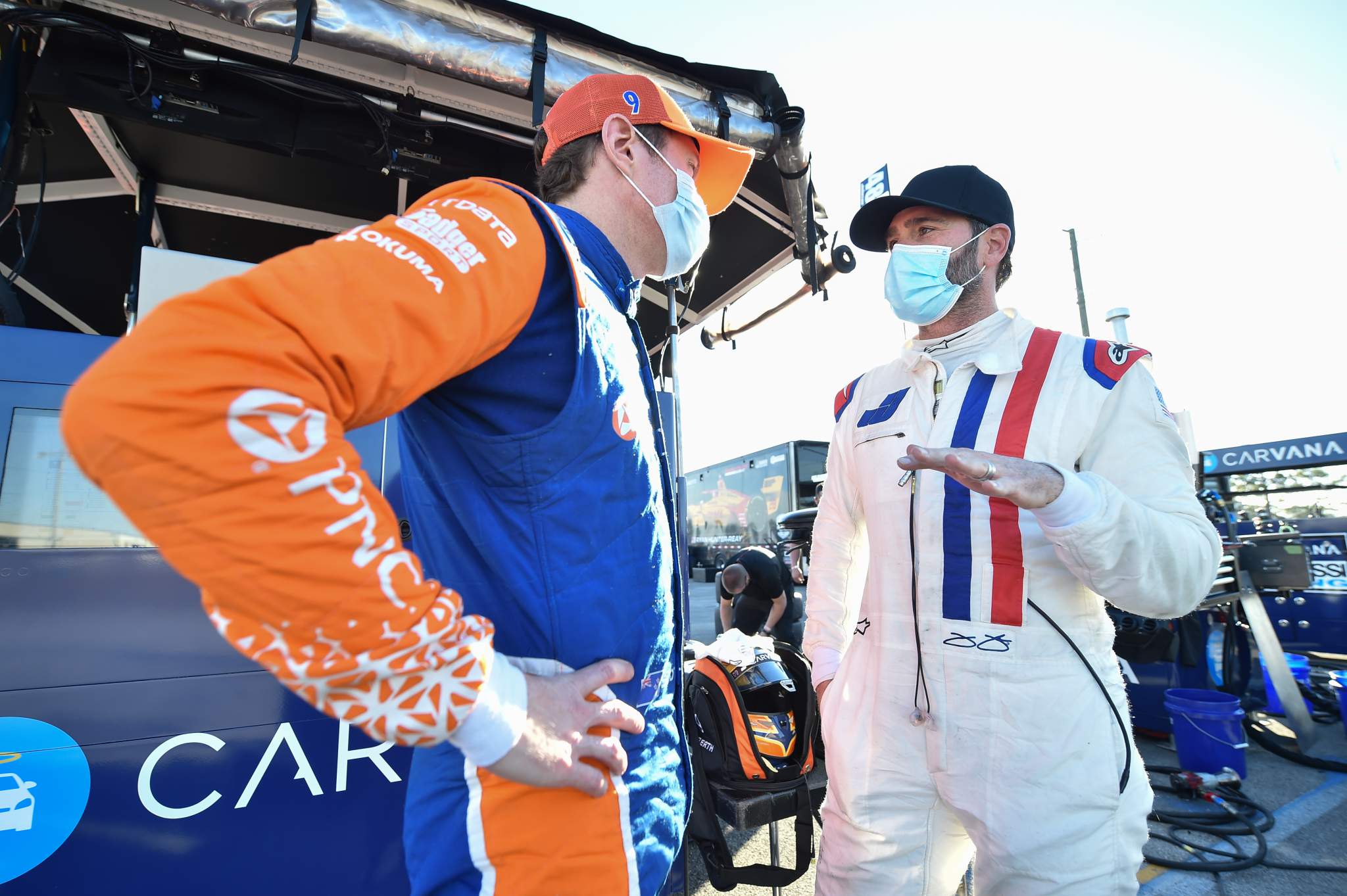
However, it was never likely Johnson would be anywhere other than at the back of the pack in testing due to his lack of car and track experience – and just how different an IndyCar is to a NASCAR.
So a good season for Johnson would be to move towards the top 15 and occasionally break into the top 10, which will be difficult – especially as he’s chosen not to do any ovals where he may have expedited the learning process thanks to NASCAR.
Perhaps the biggest challenge for Johnson will be his inexperience on the red-walled tyres – the softest set in IndyCar – that drivers get just a handful of laps on before being expected to adapt the treatment of them to the particular conditions at that moment on track and deliver a crushing time.
Scott McLaughlin
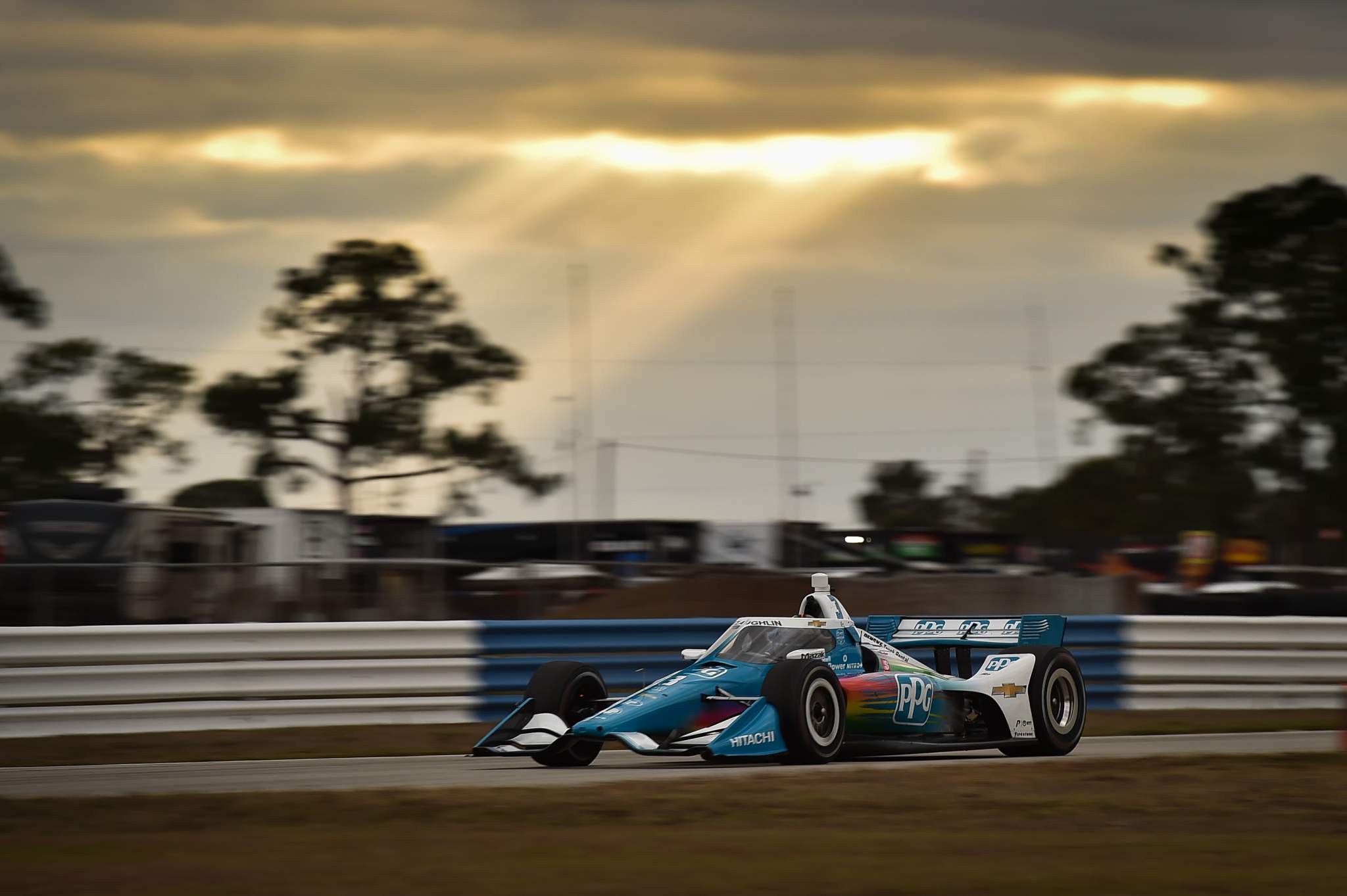
The soft tyre element is something McLaughlin – a shoo-in for IndyCar’s rookie of the year as the only one of these three contesting the ovals too and therefore likely to amass enough points – became very aware of on his debut in last year’s season finale in St Petersburg.
Like Johnson, McLaughlin has a strong squad of team-mates – past champions Josef Newgarden, Simon Pagenaud and Will Power – and a team in Penske which demands respect worldwide.
But amid the myriad challenges, McLaughlin now knows the tyres are vital.
When asked by The Race what has been the biggest thing to get used to, McLaughlin said: “A lot of things, really!
“Trusting the car and what it does. Trusting the aerodynamics.
“It’s the biggest racecar I’ve ever driven that relies on the aerodynamics and trusting that within the car, the grip level that you get. But also it can bite pretty quick. So learning that and learning the limit is quite difficult.
“I’ve had some good analysis with my engineers and working a few things out, making sure I’m comfortable in the car.
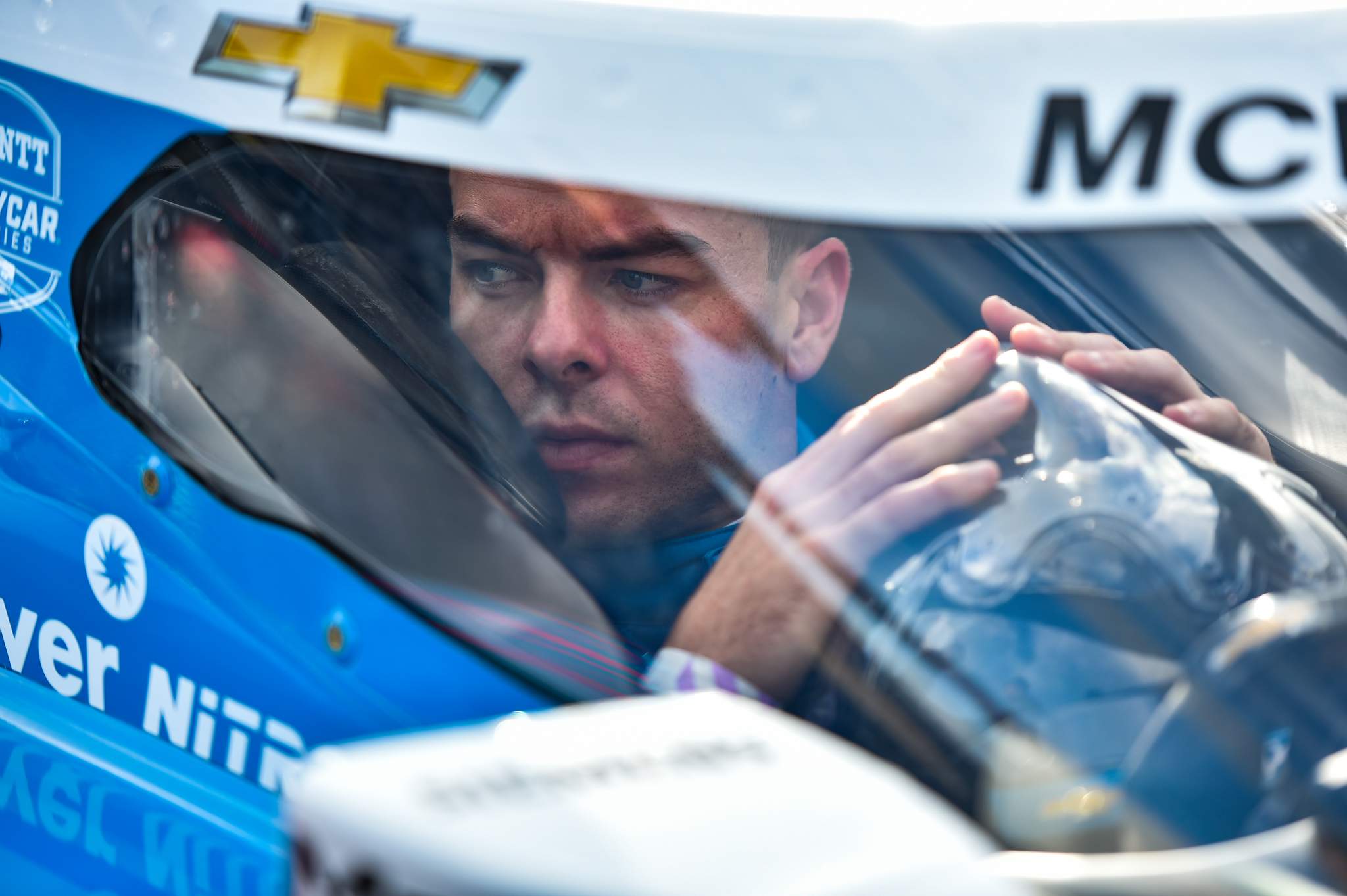
“But another thing as well – I noticed this at St Pete – was learning the tyre in qualifying conditions. It takes time for the tyre to come up to temperature and pressure. And it’s a very short window where you can get the ultimate grip for the fastest lap.
“So that’s something that I’m thinking I’m going to have to learn over the race period, over the journey.
“We only get to run on the red tyres in qualifying or at the race meeting so I’m going to have to learn that over time, we can’t test on them.
“I think our learning development has been been going OK. But look, time will tell and we’ll try and learn as much as we can in the future.”
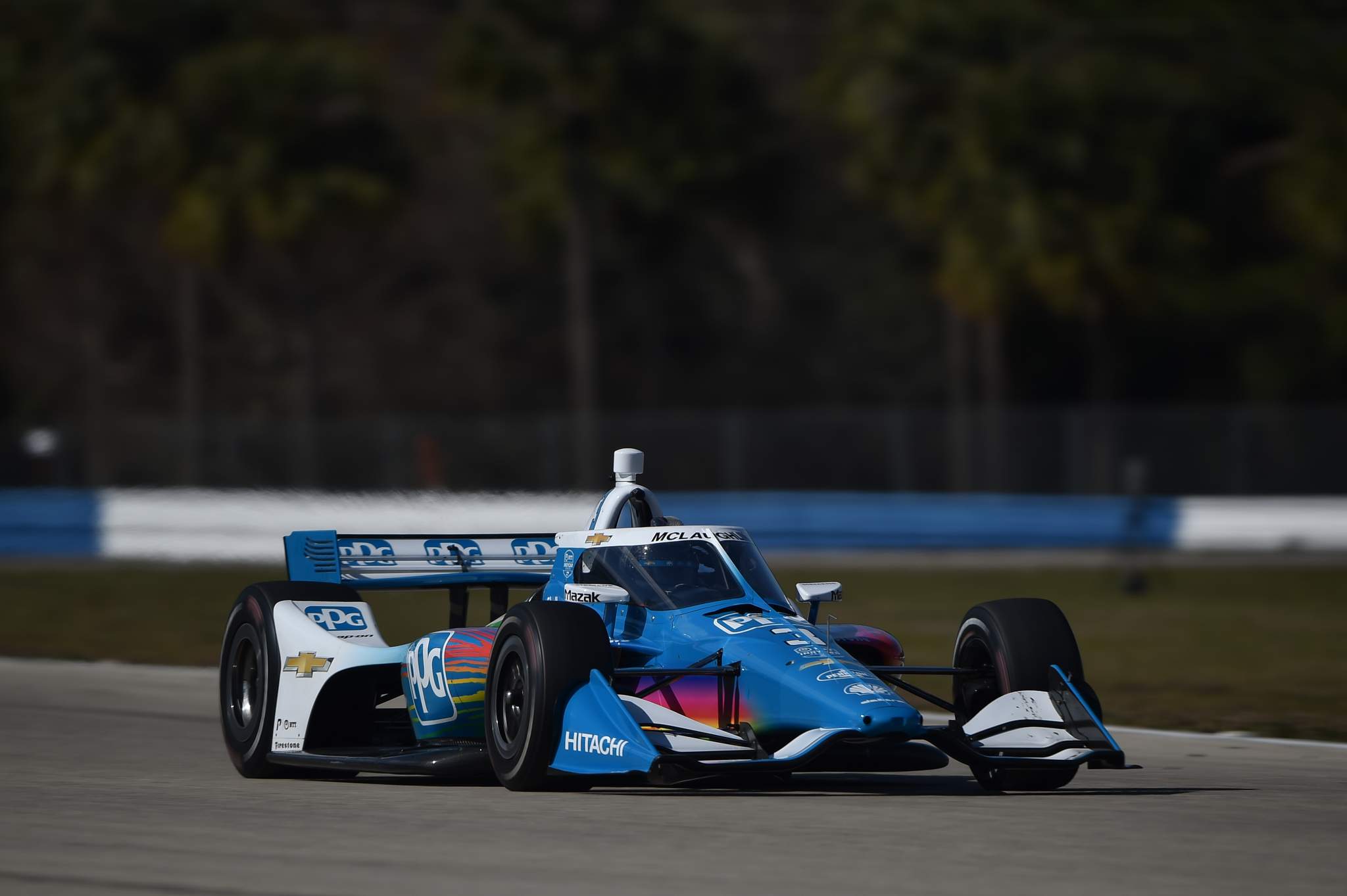
Because of his slightly better preparation for IndyCar than Johnson – even though he’s only driven a Formula Ford in his youth in terms of single-seater experience – people like three-time Indy 500 winner Rick Mears and Power have talked up McLaughlin’s ability after seeing him in the car, and marked him out as a potential race winner and future champion.
Driving a Penske car, McLaughlin should be aiming to breach the top 10 on a frequent basis this year and look for top fives at road courses that feel a bit closer to home. Getting comfortable on the ovals is all part of the learning experience and there’s little expectation there.
Romain Grosjean

That brings us to Grosjean, who has Johnson for direct championship competition in that both are contesting the road and street circuits only.
Grosjean – theoretically – should be able to come in and fight for top 10s. But he does have some fairly large barriers blocking the way.
First off, he’s in the minnow Dale Coyne team, which has a fraction of the resources of Penske or Ganassi. The big three of Andretti, Ganassi and Penske – which won all but one race last season – field four full-time entries this year so that means just to reach the top 10 you have to beat two of their cars and that’s not going to be easy.
Also consider that those 12 cars aren’t the full weight of the competition, which also includes the Indianapolis 500-winning Rahal Letterman Lanigan duo, another Andretti-affiliated team and the F1 squad-backed Arrow McLaren SP pairing to name another five!
That’s in the context of coming to a very competitive championship which won’t reward a loss of focus or over-driving of the car – something Grosjean has been prone to in F1.
However, his Dale Coyne machinery won’t be as hamstrung as Haas is in F1, and Coyne was and is capable of multiple podiums across the course of the season.
Grosjean faces tough preparation with the pandemic still affecting things like travel and just day-to-day team operations. So there’s plenty of adversity in play here.
However, a driver of his calibre shouldn’t be underestimated, and preparation is never a problem for people who have reached the levels he has.
Tying the whole package together will be far more challenging.
Our 2021 targets for each driver
Johnson
Get up to speed in the car over the season, occasionally match Ericsson and Palou for pace and score, say, four top-10s over the 12 races he’ll compete in. Make a linear improvement from the start of the season to the finish. Adapt to the brakes and start to get the tyres in the window in qualifying from mid-season – and understand how that’s done rather than getting the few lucky flukes some rely on. Avoid becoming downhearted with any early-season poor form and overcome, and adapt.
Welcome to the world of no power steering, boys. 💪😜
— NTT INDYCAR SERIES (@IndyCar) February 17, 2021
McLaughlin
Aim for top 10-15 right from the off, focusing especially on nailing qualifying performance where the tyres are new – but one-lap pace has been a speciality of the Kiwi driver in the past anyway. Score top-10s regularly in the last quarter of the season and avoid any silly mistakes on track to maximise results. Consistency with a few flashes of pace are key here to prove he deserves a second season and is in a position to capitalise on such a deal in 2022.
Grosjean
It’s a bit of a lose-lose for Grosjean as his team is weaker than the other two drivers here, and he’ll no doubt be expected to perform miracles immediately given his F1 profile. However, top-10s in, for instance, seven of the 12 races, just over half, would be a good strike rate and three podiums or perhaps just top-fives would be a nice addition to that. This year should be about building pace and extracting the maximum without silly errors, using the benefits of working in a smaller team to cancel out any weaknesses of the bigger squads.
Do you think we’ve been too harsh/lenient in our outline for what would be a strong first season for these ‘rookie’ drivers? Leave us a message in the comments or on social media



